Learning how to clean electric scooter properly is essential for extending its lifespan and maintaining optimal performance. Think of it as giving your trusty ride a refreshing spa treatment!
Regular cleaning not only keeps your scooter looking shiny but also ensures all components function smoothly. With just a few simple tools like a soft brush, mild detergent, and damp cloth, you can safely maintain your electric scooter without damaging sensitive parts.
Plus, cleaning sessions provide the perfect opportunity to spot potential issues before they become costly problems.
Ready to give your eco-friendly transportation the care it deserves? Read on for our cleaning guide!
Cleaning Supplies You’ll Need To Clean Your Electric Scooter
Keeping your e-scooter clean is easy with simple household items. Having these tools ready will make cleaning faster and more effective.
Basic Cleaning Supplies
Start with warm water and mild dish soap in a bucket. This simple mix removes most dirt without harming your scooter. For stubborn grime, a small amount of all-purpose cleaner works well.
Grab a soft sponge for the frame and deck. Use microfiber towels for drying to avoid scratches. An old toothbrush is perfect for cleaning tight spaces between parts.
After cleaning, apply lubricant to moving parts. This keeps your scooter running smoothly.
Safety First
Wear rubber gloves to protect your hands from dirt and chemicals. Safety glasses are important, especially when cleaning underneath where debris might fall.
A simple face mask helps you avoid breathing in dust and fumes. Always clean in a well-ventilated area, preferably outdoors, to keep the air fresh while you work.
Pre-Cleaning Preparation
Before diving into cleaning, take a few minutes to protect your electric scooter's sensitive parts. These simple steps will keep your scooter safe during the cleaning process.
Power Down for Safety
Always turn your electric scooter completely off before cleaning. Remove the key if your model has one. Make sure the charging port is closed and sealed tightly.
Let your scooter cool down if you've just finished riding. Spraying cold water on hot motors can cause damage.
Keep all chargers and loose wires away from your cleaning area to prevent electrical hazards.
Protect Electrical Parts
Cover the display screen with plastic wrap or waterproof tape. This screen is very sensitive to water damage.
Use waterproof tape around connection points, the control panel, and any visible circuit boards. If possible, place small plastic bags over electronic throttle and brake levers.
Check for any cracks or openings in your scooter's body where water might enter. Even scooters labeled "water-resistant" need protection during cleaning.
How To Clean Electric Scooter: Step-By-Step Guide

Regular cleaning prevents dirt buildup that can damage your scooter over time. Follow these simple steps to keep your ride in top shape.
Clean the Frame and Handlebars
- Gather your supplies: mild soap, warm water, soft cloths, and a small brush.
- Make sure your scooter is completely turned off.
- Mix mild soap with warm water and dampen your cloth (not dripping wet).
- Gently wipe down the frame and handlebars, paying extra attention to the grips.
- Use a soft brush for stubborn dirt patches.
- Clean around buttons and displays with a barely damp cloth.
- Dry everything thoroughly with a clean cloth.
Clean the Wheels and Tires
- Remove debris stuck in tire treads with a toothbrush.
- Scrub the tires with soapy water and a brush, getting into all treads.
- Clean the wheel rims with your soapy cloth.
- Check tire pressure after cleaning.
- Wipe everything dry with a clean cloth.
Clean the Deck and Footboard
- Brush off loose dirt and debris first.
- Scrub the deck surface with soapy water and a brush.
- Clean the edges where the deck meets the frame.
- Wipe with a damp cloth to rinse - avoid pouring water.
- Let the deck dry completely before riding.
Clean the Brake System
- Inspect brake pads for dirt or wear.
- Clean disc brakes with rubbing alcohol on a clean cloth.
- Gently wipe brake calipers with a slightly damp cloth.
- Check that brake cables move freely.
- Test your brakes in a safe area before regular riding.
Safe Cleaning Techniques For Electronics

Taking care of your scooter's electronic components requires special attention. These parts need gentle cleaning to avoid damage while keeping them working properly.
Display and Control Panel Care
The brain of your scooter needs careful handling. Never spray water directly on the display or controls. Instead:
- Use a slightly damp microfiber cloth to wipe away dust and fingerprints.
- For tougher dirt, dampen your cloth with a tiny bit of mild soapy water and wring it until almost dry.
- Gently wipe the surfaces, avoiding too much pressure.
- Stay away from paper towels (they can scratch) and harsh cleaners like window sprays or alcohol.
- Allow these parts to dry completely before turning your scooter back on.
Charging Port Protection
The charging port is one of the most important areas to protect during cleaning:
- Cover the port with its protective cap or waterproof tape before you start cleaning.
- Clean around the port area carefully, keeping moisture away.
- Use a dry toothbrush to gently remove dirt around the edges.
- For dust inside the port, use compressed air to blow it out safely.
- Make sure the charging port is 100% dry before plugging in your charger.
Remember: an extra hour of drying time is better than risking damage to your scooter's electrical system.
Drying And Finishing Touches
After cleaning your electric scooter, proper drying and maintenance are crucial final steps. These tasks help prevent damage and keep your scooter running smoothly for years to come.
Drying Your Scooter Thoroughly
Never store your scooter while it's still wet. Water left behind can cause rust and damage electrical components.
Start by gently shaking off excess water. Then use a soft, clean towel to dry all surfaces. Pay close attention to hidden spots where water might collect, like under the deck, around the battery area, and between moving parts.
For hard-to-reach places, you can use a hairdryer on the cool setting, keeping it at least 6 inches away from any parts. Allow your scooter to air dry completely for 30-60 minutes before using it again.
Lubricating Moving Parts
Once your scooter is completely dry, apply lubricant to keep everything moving smoothly:
- Focus on wheel bearings, folding mechanisms, and brake parts.
- Apply a small amount of silicone-based lubricant or scooter oil.
- Use just 1-2 drops per area—too much will attract dirt.
- Move each part back and forth to spread the lubricant evenly.
- Wipe away any excess with a clean cloth.
Remember not to use WD-40 for long-term lubrication. It's great for loosening stuck parts but isn't designed to be a permanent lubricant.
Cleaning For Different Conditions
Your riding environment affects how you should clean your electric scooter. Different weather and terrain call for specific cleaning approaches to keep your ride in top shape.
After Riding in Rain and Mud
When you've been riding through puddles or mud, quick action helps prevent damage:
- Immediately wipe down your scooter with a dry microfiber cloth, focusing on the deck and electrical areas.
- Let mud dry slightly before gently brushing it off with a soft brush.
- Clean stuck-on mud with a slightly damp cloth and mild soap, especially on the underside.
- Inspect your brakes and moving parts, as wet conditions speed up rusting.
- Apply light lubricant to metal parts after they're completely dry.
- Check tire pressure, as wet rides often lead to faster air loss.
Avoid using high-pressure water that might force moisture into sensitive components.
Handling City Dust and Grime
City riding creates its own cleaning challenges with dust, exhaust residue, and sticky grime:
- Use a dry microfiber cloth first to remove loose dust.
- For stubborn city grime, use a cloth lightly dampened with soapy water.
- Pay special attention to handlebars and the stem where hand oils build up.
- Clean brake levers and buttons carefully to maintain good control.
- Use cotton swabs to reach tight spaces around displays and controls.
- Apply a light protective coating to metal parts after cleaning to prevent future buildup.
Regular cleaning after city rides will extend your scooter's life and keep it looking newer longer.
Common Cleaning Mistakes to Avoid
Proper care means knowing what not to do when cleaning your electric scooter. Avoiding these common mistakes will help prevent damage and expensive repairs.
Never Use High-Pressure Water
One of the biggest mistakes riders make is using a water hose or pressure washer on their scooters. High-pressure water forces moisture past seals and into electrical components, causing:
- Rust and corrosion in hidden areas
- Short circuits in the battery compartment or controller
- Electrical failures that may appear immediately or weeks later
Instead, use a damp cloth to clean your scooter. Wipe surfaces gently without soaking them, paying special attention to seals and connections. For stubborn dirt, apply gentle pressure with a slightly moist cloth rather than increasing water volume.
Avoid Harmful Cleaning Products
The wrong cleaning solutions can seriously damage your scooter:
- Strong chemicals like bleach or ammonia damage plastic covers and rubber seals
- Window cleaners can cloud your display screen permanently
- WD-40 on brakes or tires makes them dangerously slippery
- Car waxes can damage rubber and plastic and make your deck unsafe when wet
Stick to mild soap mixed with water for all your scooter cleaning needs. Dish soap works perfectly for removing grime without causing damage. Always test any new cleaner on a small hidden area first.
Remember to dry all parts completely after cleaning to prevent rust and corrosion that could lead to costly repairs down the road.
Conclusion
Keeping your electric scooter clean is more than just making it look nice—it's about extending its life and ensuring better performance.
By following the steps in this guide on how to clean electric scooter properly, you'll protect your investment and enjoy smoother, safer rides.
Regular maintenance doesn't take much time but makes a huge difference in how your scooter functions and how long it lasts. Remember to always protect electrical components, dry thoroughly, and lubricate moving parts after cleaning.
Ready to upgrade your ride? Check out Circooter electric scooters and accessories for quality options that combine style, performance, and durability.
And don't miss our latest article: 4 Best Electric Scooters For Commuting in 2025 to find your perfect commuting companion!
Frequently Asked Questions
What's the best way to remove stains from my electric scooter?
For tough stains on your scooter, mix warm water with a small amount of mild dish soap. Dip a microfiber cloth in this solution and wring it out well. Gently rub the stained area in circular motions.
Let stubborn stains soak for a minute before wiping again. For greasy spots, a tiny bit of degreaser on a cloth works well. Always finish by wiping with a clean, damp cloth to remove any soap residue.
How can I clean my electric scooter without damaging its electrical components?
Never spray water directly onto your scooter. Instead, use a damp cloth that's been well wrung out. Pay special attention to areas around the battery and control panel.
Cover the charging port with tape before cleaning. You can use a slightly damp cloth for the deck and handlebars, but keep moisture away from any openings. Let your scooter dry completely before using it again.
What cleaning products should I use on my kid's electric scooter?
Stick to gentle, non-abrasive cleaners for kids' scooters. A mixture of warm water and a tiny drop of mild dish soap works perfectly. Avoid harsh chemicals that might irritate skin or damage the scooter's finish.
Never use bleach, ammonia, or alcohol-based cleaners. These can fade colors and break down plastic parts over time. A simple solution is often the safest for both the scooter and your child.
What steps should I take to clean mud off my electric scooter efficiently?
Let any thick mud dry first, then brush it off gently with a soft brush. This prevents scratches that can happen when rubbing wet mud.
For remaining dirt, use a damp cloth with mild soap. Clean the wheels and deck thoroughly as mud collects there most. A small brush like an old toothbrush helps clean tight spots.
Wipe everything down with a clean, damp cloth after cleaning.
Is it safe to wash an electric scooter with water, or should I avoid it?
Never fully submerge your electric scooter or spray it directly with water. This can damage electrical components and void your warranty. Instead, use a damp cloth for cleaning.
If you must use water, make sure it's just a lightly damp cloth. Keep water away from the battery compartment, display panel, and charging ports. Always let your scooter dry completely before riding or charging.
Can you recommend a cleaning kit or tools specifically designed for electric scooters?
While there aren't many cleaning kits made just for electric scooters, you can gather useful tools.
A microfiber cloth set, soft bristle brushes, and a small detailing brush work great together.
Consider adding compressed air in a can to blow dust from hard-to-reach spots. Some bike cleaning products also work well for scooters. The most important thing is using gentle tools that won't scratch your scooter's finish.


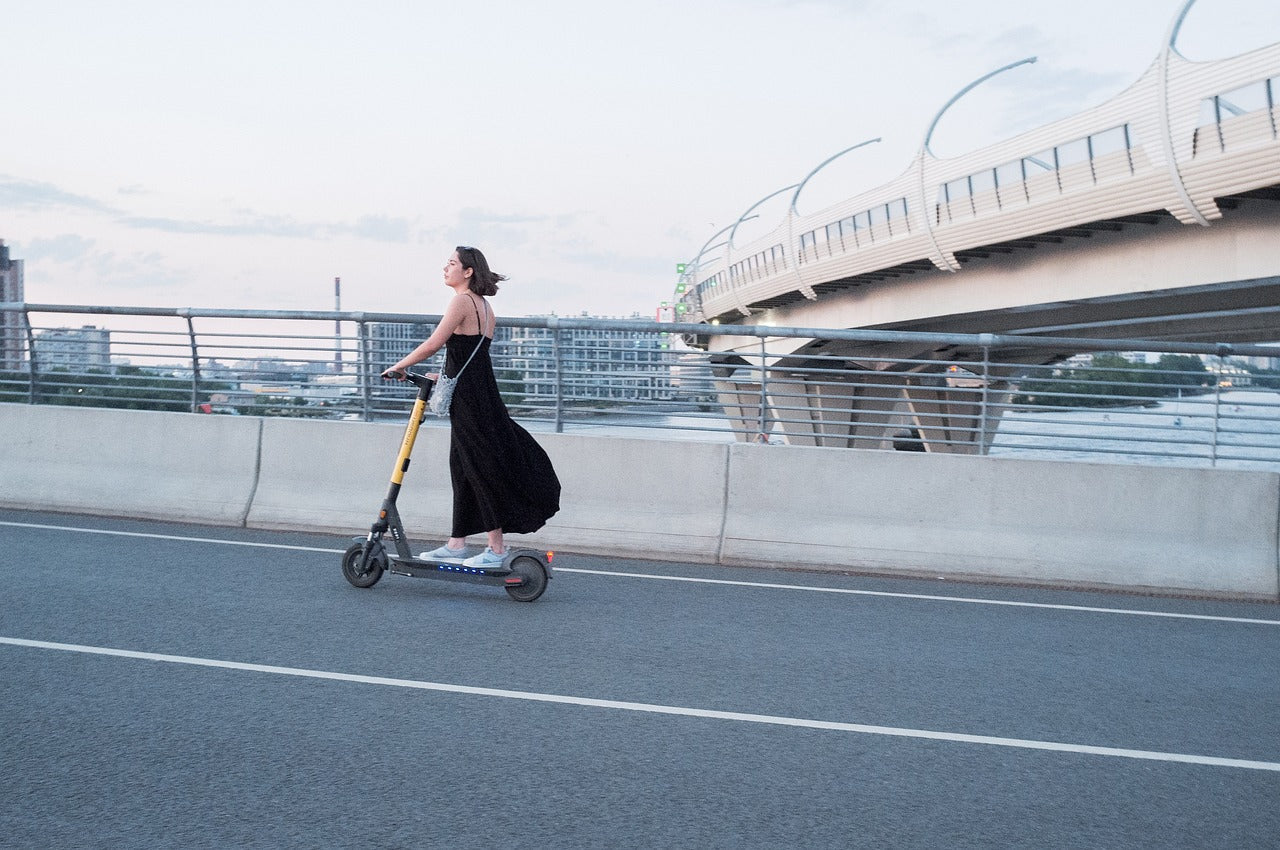
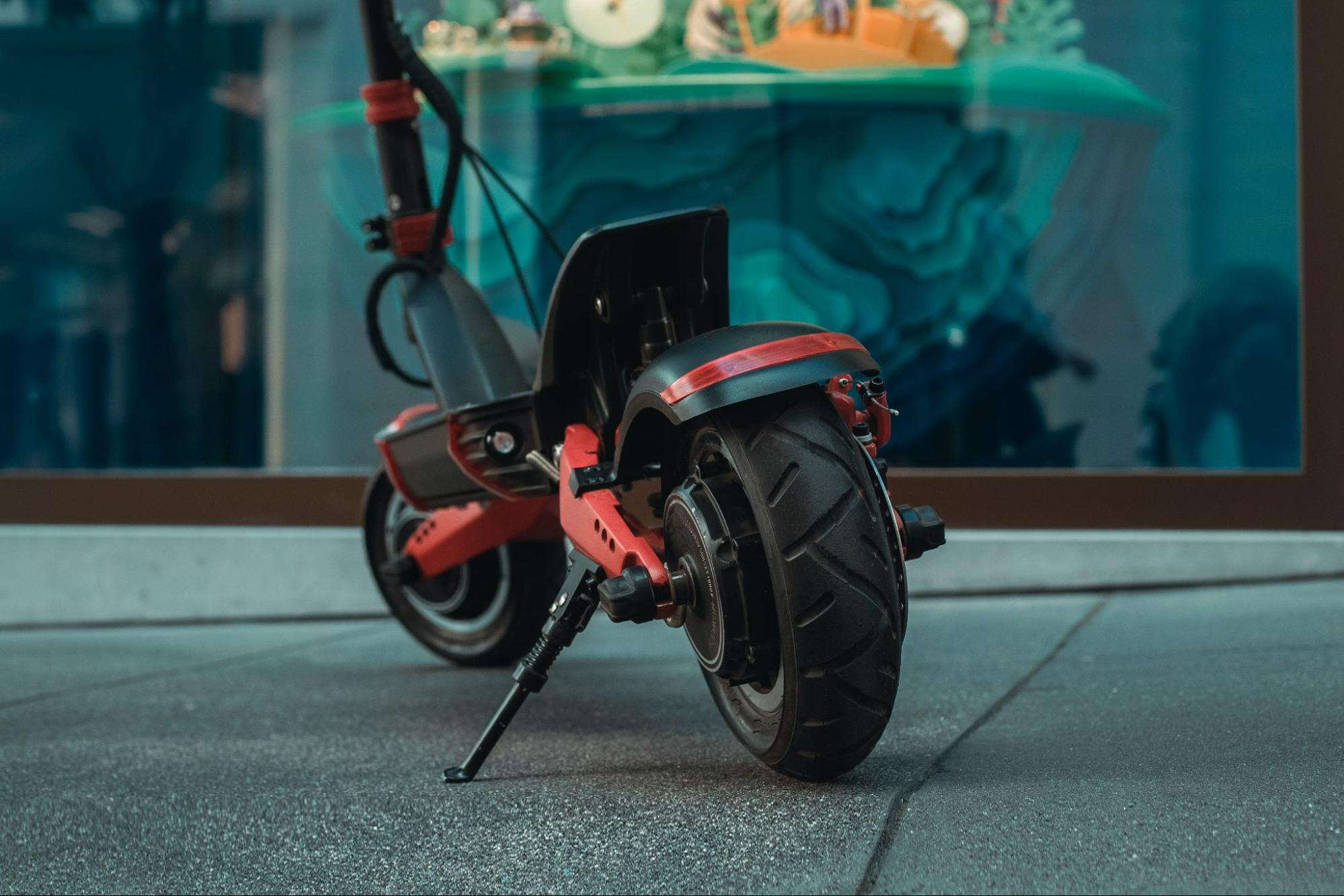
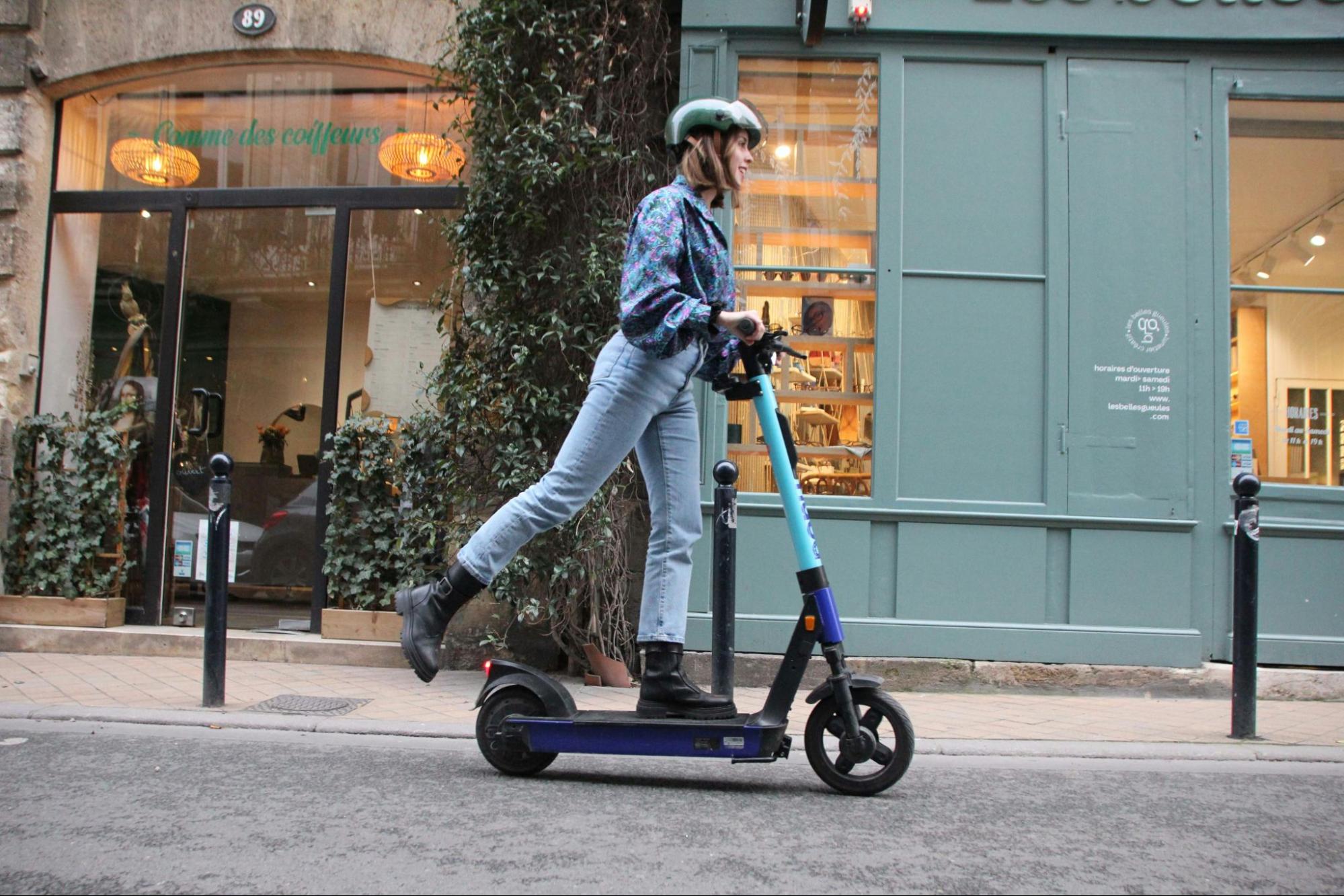


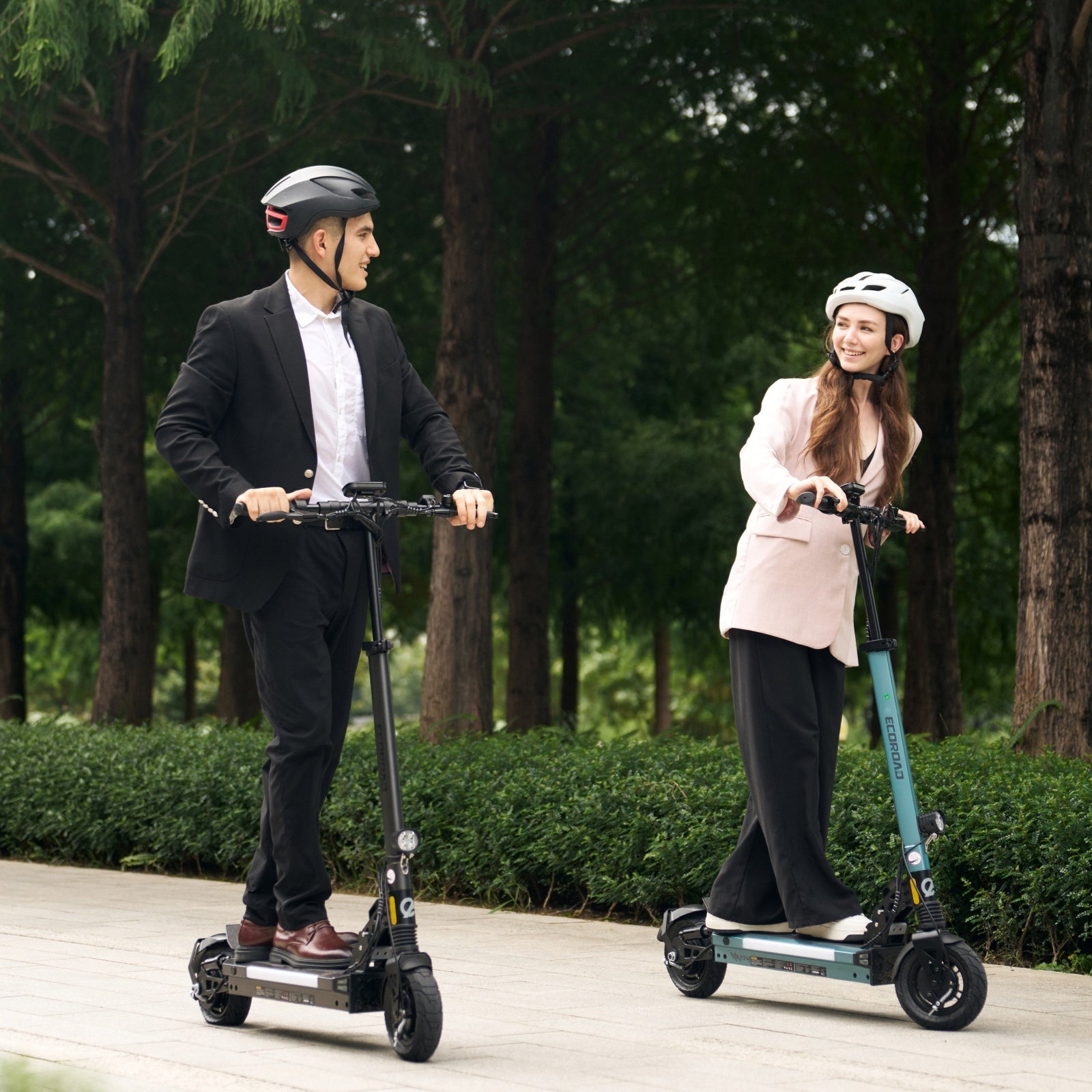
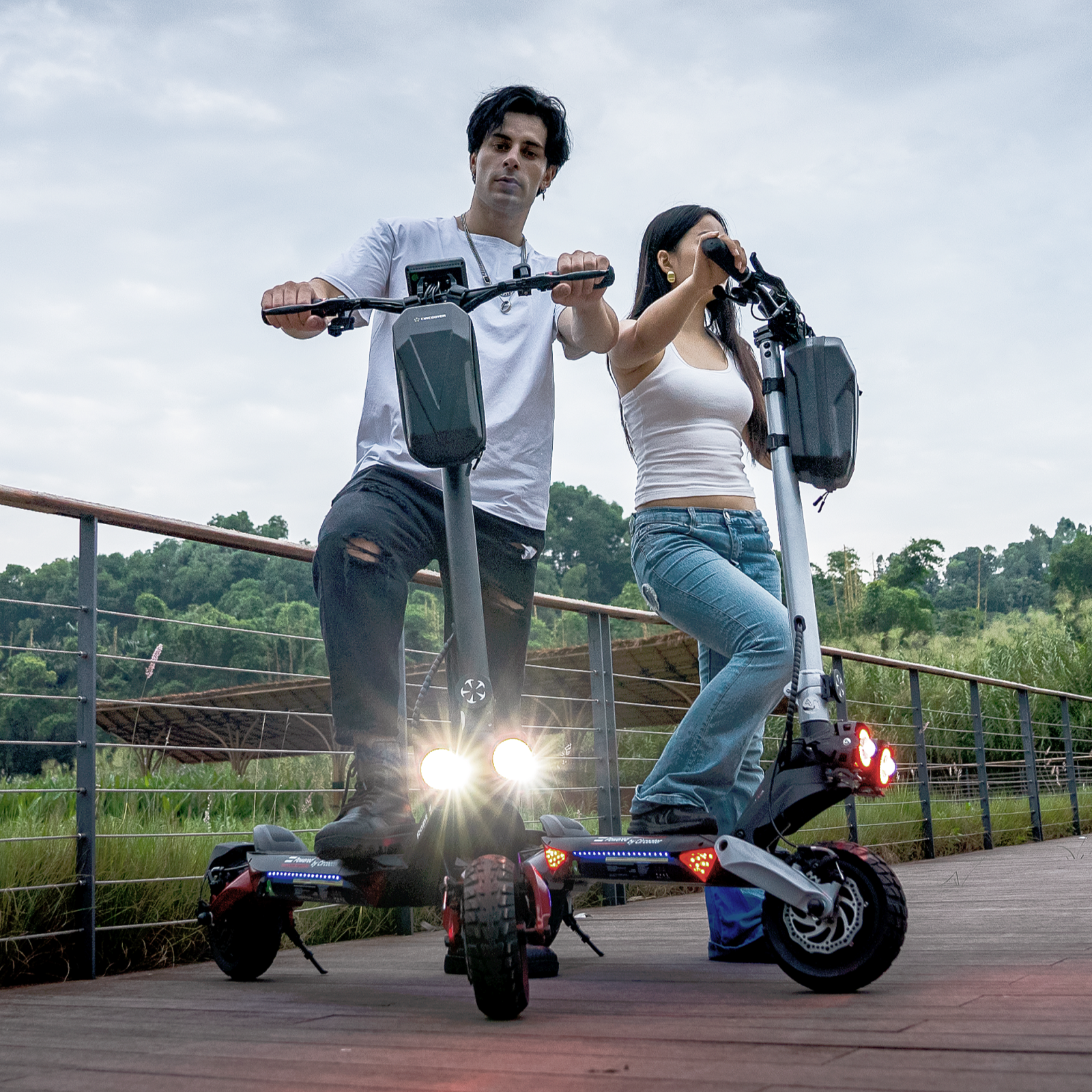


Leave a comment
All comments are moderated before being published.
This site is protected by hCaptcha and the hCaptcha Privacy Policy and Terms of Service apply.